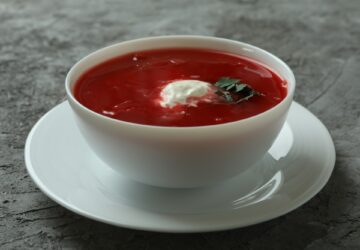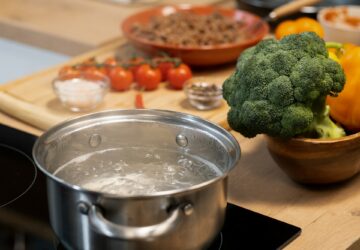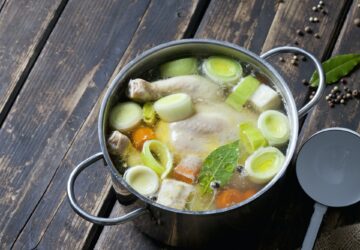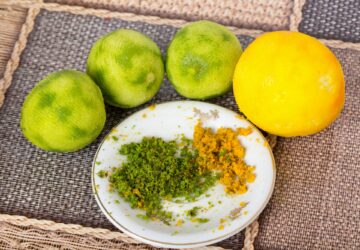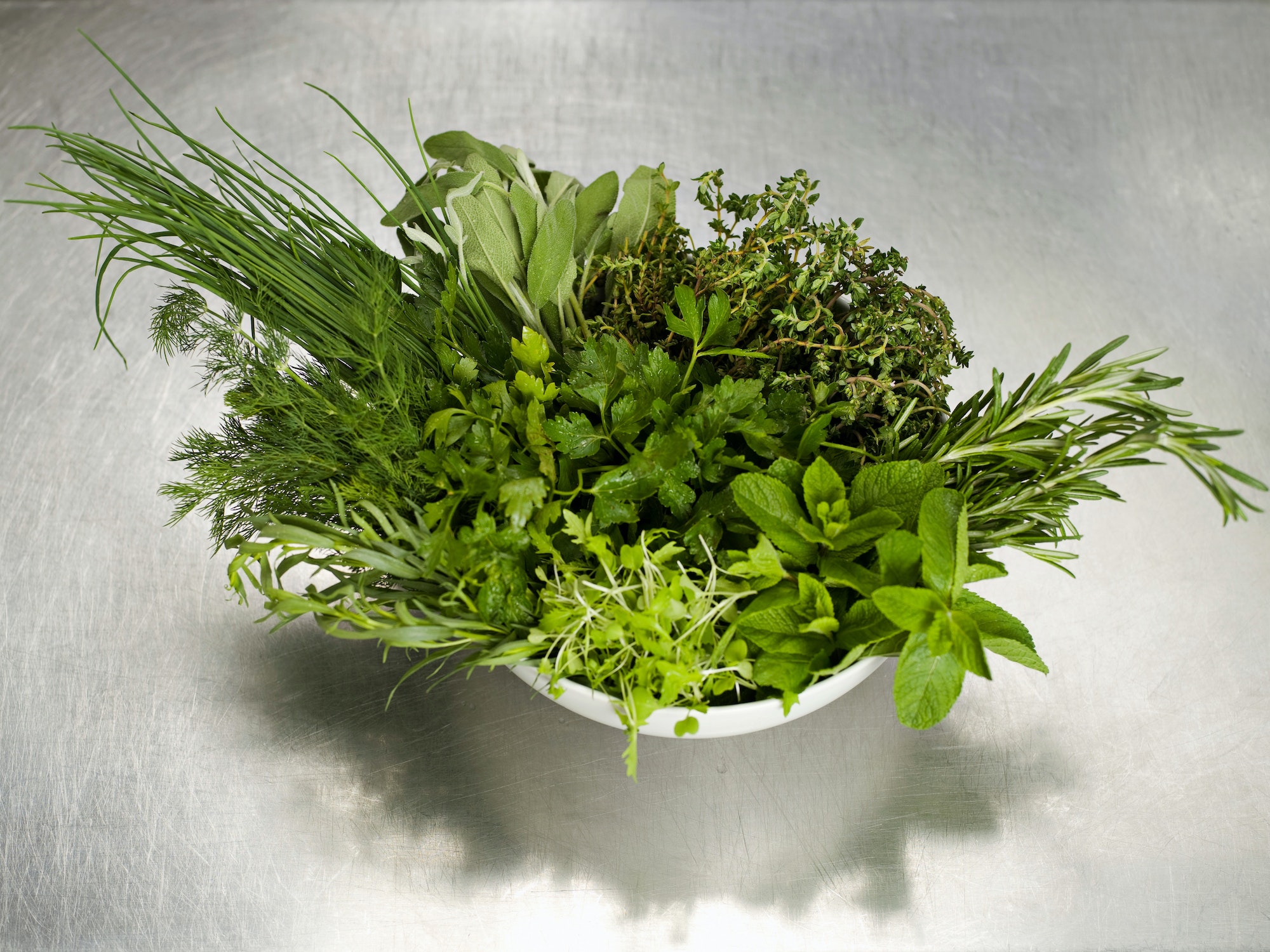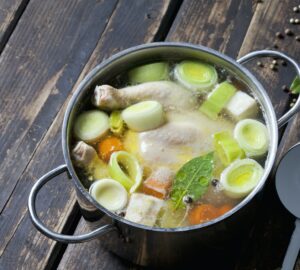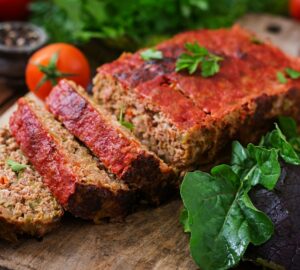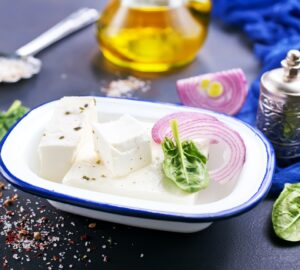Introduction To Herbs
Herbs have been an essential part of culinary traditions and cultures around the world for centuries. These versatile and flavorful plants can enhance the taste, aroma, and even the visual appeal of a wide range of dishes. Understanding how to use herbs properly can elevate your cooking to new heights, whether you’re a professional chef or a home cook. In this article, we’ll explore the different types of herbs, their unique flavor profiles, and how to use them effectively in various dishes.
Types of Herbs
Herbs can be broadly categorized into two groups: tender herbs and hardy herbs. Tender herbs have soft stems and leaves, and they’re typically used fresh. Examples include basil, cilantro, parsley, mint, and chives. Hardy herbs have woody stems and firmer leaves, and they can be used fresh or dried. Examples include rosemary, thyme, oregano, and sage.
Flavor Profiles of Popular Herbs
Basil: This popular herb has a sweet, slightly peppery flavor with a hint of anise. It is a staple in Italian cuisine and pairs well with tomatoes, mozzarella, and pasta dishes.
Cilantro: Cilantro has a bold, citrusy, and slightly pungent flavor. It is widely used in Latin American, Indian, and Southeast Asian dishes, such as salsas, curries, and salads.
Parsley: Parsley has a mild, slightly bitter flavor that can help balance and enhance the taste of other ingredients. It is commonly used as a garnish or in dishes like tabbouleh, chimichurri, and gremolata.
Mint: Mint has a refreshing, sweet, and cooling flavor. It is often used in Middle Eastern and Mediterranean dishes, as well as in beverages, salads, and desserts.
Chives: Chives have a delicate, onion-like flavor that works well with a wide range of dishes, such as omelets, salads, and baked potatoes.
Rosemary: This hardy herb has a strong, piney, and slightly bitter flavor. It pairs well with roasted meats, potatoes, and Mediterranean dishes.
Thyme: Thyme has a subtle, earthy flavor with a hint of mint and lemon. It is often used in soups, stews, and roasted meats.
Oregano: Oregano has a robust, slightly bitter, and peppery flavor. It is a staple in Italian, Greek, and Mexican cuisine, commonly used in tomato-based dishes, marinades, and salad dressings.
Sage: Sage has a warm, slightly bitter, and earthy flavor. It is often used in poultry dishes, stuffing, and pasta dishes like brown butter sage sauce.
Using Herbs in Cooking
Fresh vs. Dried: Whenever possible, opt for fresh herbs, as they generally have a more vibrant flavor and aroma. However, dried herbs can be convenient and still add flavor to your dishes. A general rule of thumb is to use one-third the amount of dried herbs compared to fresh herbs.
Chopping: Chop fresh herbs finely to release their essential oils and maximize their flavor. However, be careful not to bruise delicate herbs like basil or mint, as this can lead to a loss of flavor.
Cooking: Add hardy herbs like rosemary, thyme, and sage early in the cooking process, as they can withstand high temperatures and prolonged cooking times. Conversely, add tender herbs like basil, cilantro, and parsley towards the end of cooking or as a garnish to preserve their fresh flavor and aroma.
Pairing: Experiment with different herb pairings to create unique and delicious flavor profiles in your dishes. Don’t be afraid to combine several herbs, but remember that some have stronger flavors that can overpower others, so use them in moderation.
Storing: To keep fresh herbs at their best, wrap them in a damp paper towel and store them in a sealed plastic bag or an airtight container in the refrigerator. Alternatively, place herbs like cilantro and parsley in a jar with water, cover them with a plastic bag, and refrigerate. For hardy herbs like rosemary and thyme, you can also dry them by hanging them in a cool, dark place or using a dehydrator.
Growing: Consider growing your herbs, either in a garden or in pots on a windowsill or balcony. Not only will you have a constant supply of fresh herbs, but you’ll also enjoy the satisfaction of using ingredients you’ve grown yourself.
Infusing: Use herbs to infuse oils, vinegar, or even simple syrups for a flavorful twist. For example, rosemary-infused olive oil makes a delicious dipping sauce for bread, while basil-infused simple syrup can be used in cocktails or desserts.
Freezing: To preserve the flavor of fresh herbs, you can freeze them in ice cube trays with water or olive oil. This allows you to have a handy supply of herbs to use in soups, stews, or sauces.
Exploring International Cuisines: One of the best ways to learn about herbs and how to use them is by exploring various international cuisines. Each culture has its unique way of using herbs, so experimenting with recipes from around the world can help broaden your culinary horizons and deepen your understanding of how herbs can enhance your dishes.
Herbs are an essential part of any kitchen, providing depth, flavor, and aroma to a wide range of dishes. By understanding the unique characteristics of different herbs and how to use them effectively, you can elevate your cooking and impress friends and family with delicious and aromatic meals. So, don’t be afraid to experiment with herbs, and remember that sometimes, a little bit of green can make a world of difference in your culinary creations.
